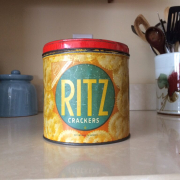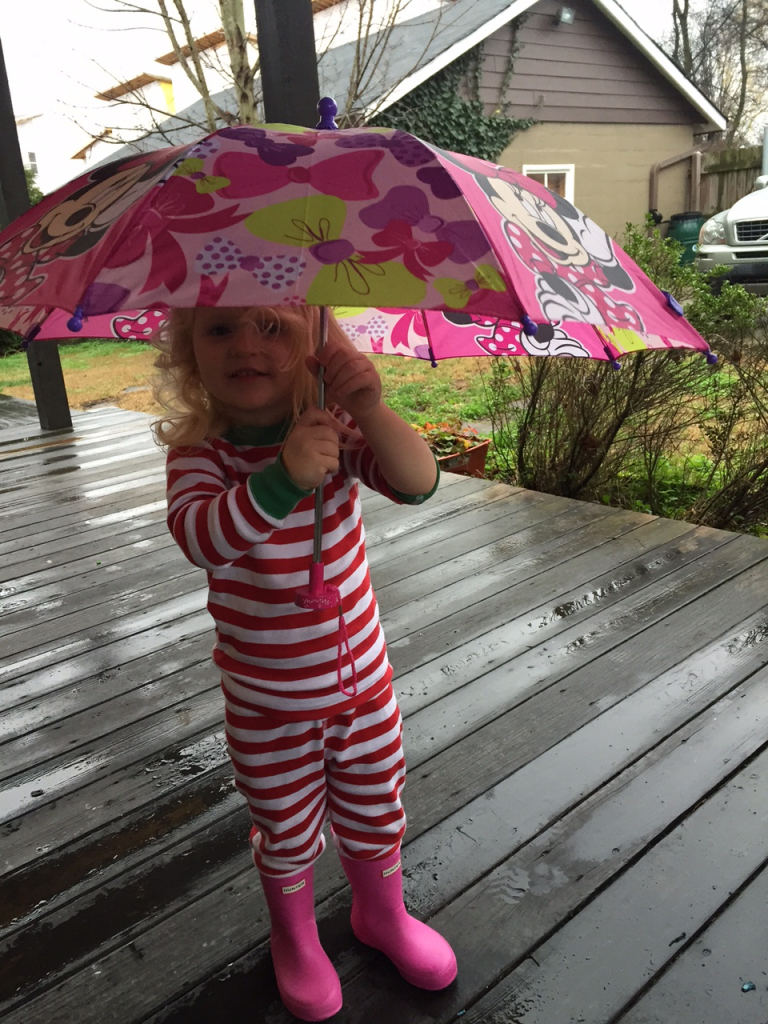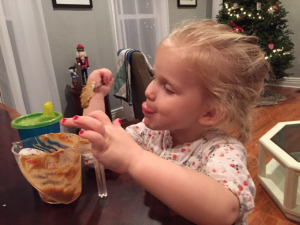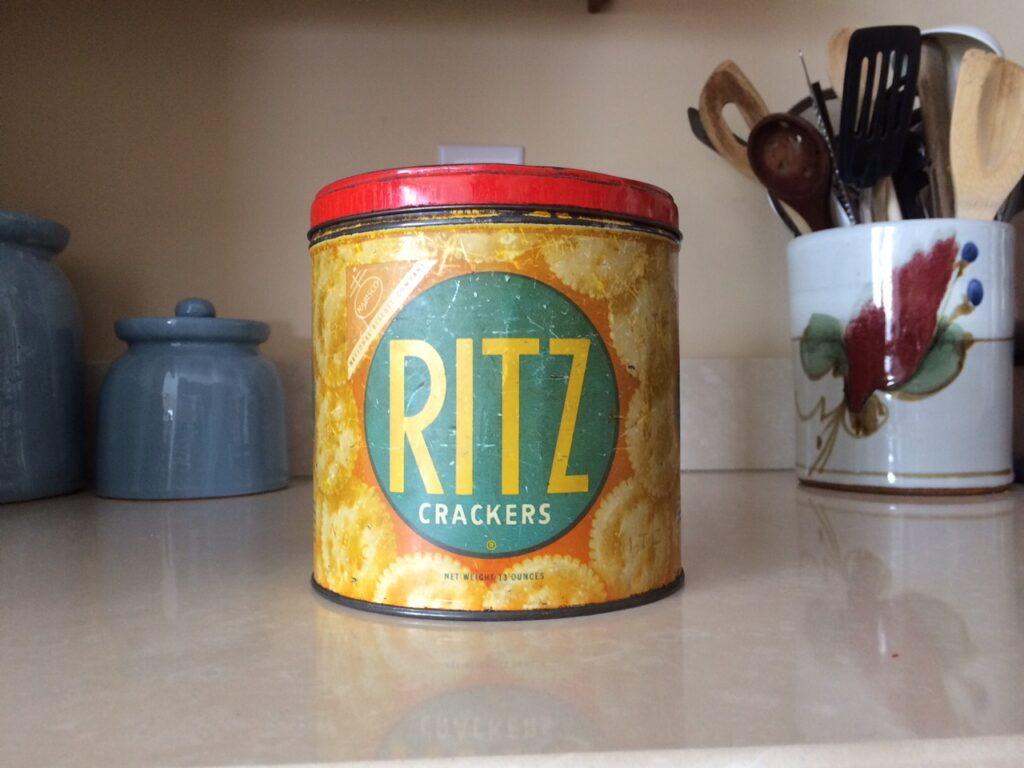
A few years back I read a fascinating book about Te Maori, the first U. S. exhibition of ancient art from the native Maori people of New Zealand. The opening of the exhibit at the Metropolitan Museum in New York was preceded by elaborate tribal rituals symbolizing honor for and protection of the ancestral artists, who are believed by the Maori to spiritually inhabit the art they created.
The notion of beloved souls inhabiting objects is easy for me to accept on a spiritual level. It also prompted me to extend the concept on a different plane toward my mother, who throughout her adult life has served as custodian and curator of a large collection of family treasures handed down through various branches of our family tree. As years passed and circumstances caused the collection to grow, my father teased her about her strong affection for these items, which range from jewelry and handbags, to furniture, artwork, china, and the like. Ours is a blessed but certainly not wealthy family, so the value of the treasures spikes much higher on the emotional scale than on the financial. We are unlikely candidates for stardom on Antiques Roadshow.
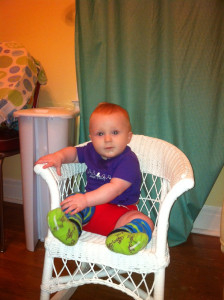
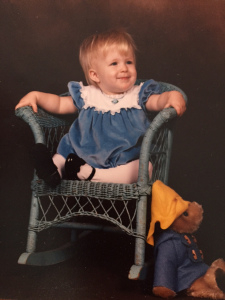
Whether my ancestors owned or created these treasures, it mesmerizes me to consider what their spirits, if residing therein, could pass on to us. Could I replicate the hospitality at my own dinner parties that always illuminated my parents’ home by remembering to pull out my mother’s crystal wine glasses? Could I someday achieve tournament-winning putting, like my grandfather, if I keep polishing his silver golf trophies—or will I just inherit his predilection for corny golf jokes? Can I emulate with my little family the long conversations I had with my dad if I take good care of the old maple rocking chair I sat in, across from his favorite perch in their den, when we chatted?
Many of these objects are lovely to behold and an honor to own. And then there are others. Varying views on the outliers might be over style, sometimes for condition. Either was something we freely commented on when my generation was younger, when one is unerringly certain of so very many things. Such opinions were generally accepted by my mother with her characteristic equanimity.
Nowadays, honesty compels me to admit that these illogical attachments to ancestral objects have claimed some of us in our turn, as we move to a more reminiscent season of life. There’s an ancient, dented tin measuring cup with a bent, cock-eyed handle tucked in my kitchen drawer that I can’t relinquish, so it stays nestled there next to its shinier, more legible modern counterparts. For years my sister clung stubbornly to a thin old aluminum spatula descended from we aren’t sure where, swearing it was the only implement in her kitchen that could pry absolutely anything out of a skillet. Rust finally sent that one to the Great Beyond.
Carefully preserving treasures for children, too, my mother sent one of her favorites to my daughter’s family home after the birth of the first great-grandchild. This miniature, Windsor-shaped wicker rocking chair, freshly painted, was a gift to my mother from her own grandfather when she was a child, growing up in a small mountain town in Eastern Kentucky eight decades ago. That makes the current users the fourth generation to rock baby dolls and bunnies in the tiny chair, which I long ago jokingly christened The Ancestral Seat. Will my mother’s spirit in the little rocker impart her sense of humor, compassion, and common sense? If so, it would also convey a rather particular expectation that children should behave, help their family members, and take good care of older people.
My own favorite family treasure is a round hardwood table with a rattan pedestal base, acquired by my parents in the Philippines in the early 1950s and shipped home to occupy their series of kitchens for the remainder of their married life. Growing up, we ate so many family meals at this table, where my brother routinely knocked over his milk and my sister leaned back and fell out of her chair. Around its circumference occurred all kinds of family dialogue, more than a few pointedly delivered parental instructions, and more than enough smart-aleck teenage commentary. It bears cigarette burns and other scars from years of service at the center of a big, raucous family.
When my mother moved to a smaller home not long ago, there was no spot for the old rattan warrior. No takers for the kitchen table so far, said my sister, who patiently organized the sharing and relocation of items that my mother no longer needed. I’ll take it, I responded, without a notion of where to put it. at first. Whether it lands on my porch for outdoor dinners, in the kitchen, or some space not yet imagined, the table, and whatever spirits it harbors, stays with me. With us.
At the moment, it occupies my home office, and serves as my workspace for writing these chronicles.


